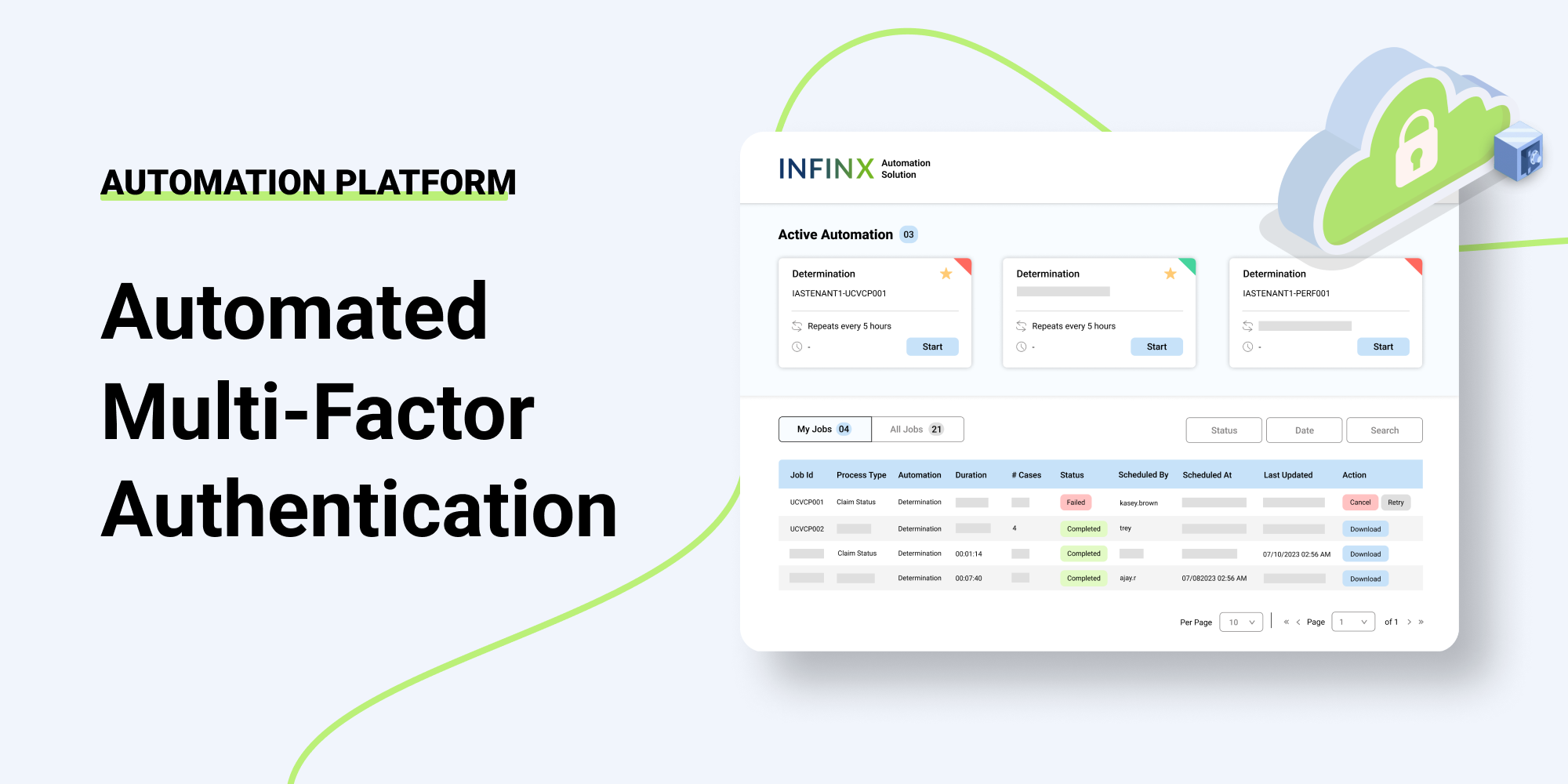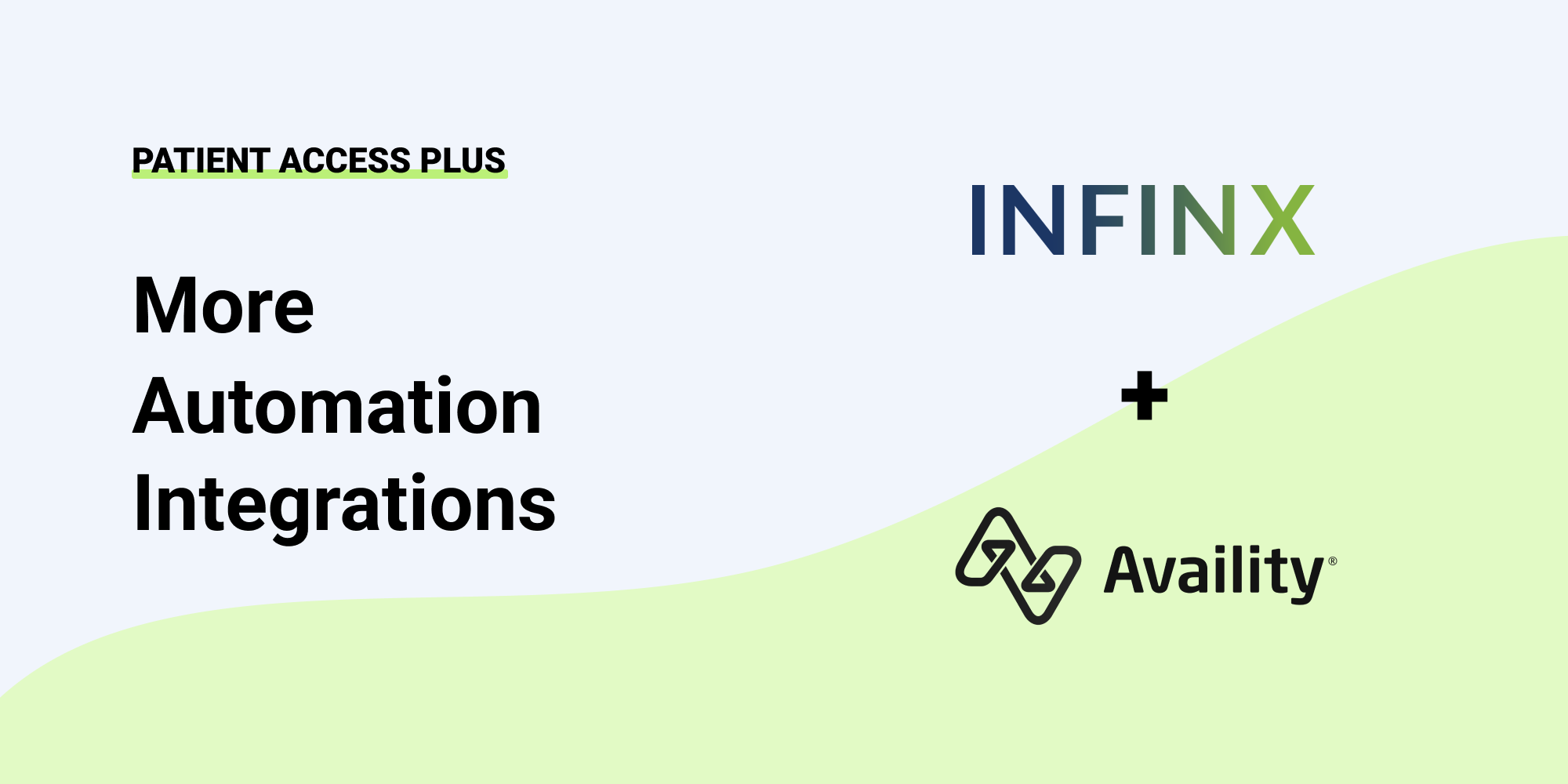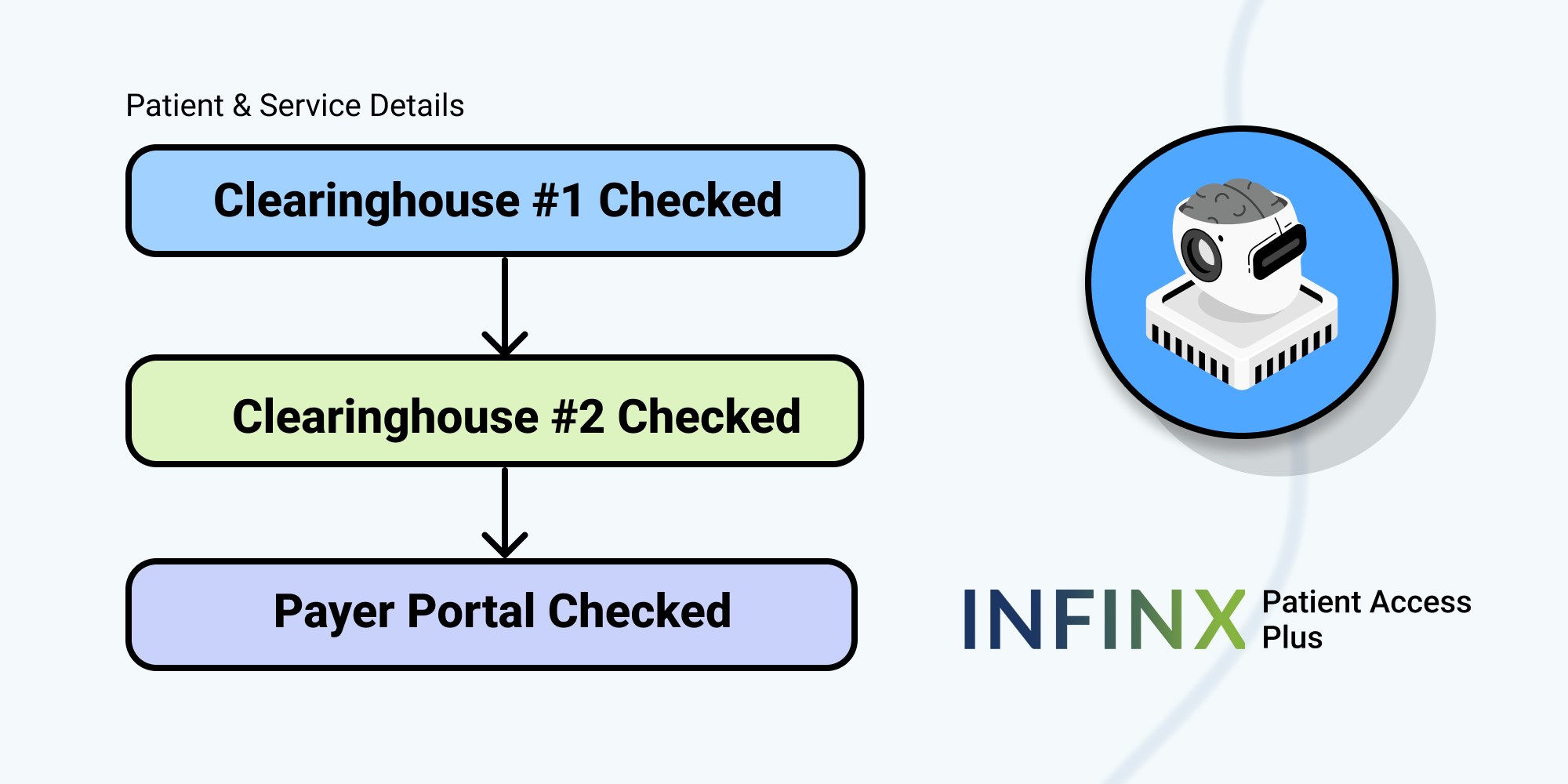It’s no secret that prior authorization requirements create a time-intensive burden that delays patient care and takes providers and staff away from their clinical activities only to spend that time with administrative tasks and redundant paperwork. According to the Medical Group Management Association (MGMA), providers found little to no relief from prior authorization requirements during COVID-19 as promised collectively by the insurance payers.
In fact, the MGMA Stat Poll published May 18, 2021, noted that 81% of respondents stated that prior authorizations had increased, while only 2% noted that they had actually decreased.
The MGMA, along with the American Medical Association (AMA), the American Hospital Association (AHA), and numerous other groups, were instrumental in helping Congress draft a proposed bill, “Improving Seniors’ Timely Access to Care Act”, which impacts Medicare Advantage Plans. The hope is that the passage of this bill will lead to further improvements from the insurance payers.
However, rather than wait, many progressive organizations are exploring the improvements that are available today through automation and artificial intelligence (AI) driven software like Infinx’s Prior Authorization+ Software.
How Can Automation Impact the Prior Authorization Burden?
Time and resources are precious in any industry, but especially in healthcare, where your efforts can determine the outcomes for patients and their care. Yet hospitals and providers are burdened with verifying insurance coverage, often manually, and with approval processes for treatment, procedures, and medication that can take anywhere from a day to two weeks to obtain payer consent.
With today’s advancements in technology, hospitals and providers are now readily available to navigate patient access and improve their bottom lines through reduced costs and improved revenue capture. Let’s look at three functions that can be positively impacted through advanced AI and automation.
1. Prior Authorization
With 79% of providers still using a manual prior authorization system, it’s estimated to cost an average of $83,000 per provider per year to manage the preauthorization process. This cost can be greatly reduced by using an automated prior authorization software and thus free up clinical and administrative staff time to focus on the patient experience.
With AI-driven technology, your treatment plan can be assessed for individual payer prior authorization requirements, submitted electronically, and monitored for approval or follow-up automatically. Approvals can then be routed to the scheduling department in real-time and, if it’s determined that follow-up or exception handling is required, the prior authorization can still be processed without interfering with staff workflow.
2. Insurance Eligibility Verification & Benefits
Imagine the efficiencies gained by being able to track and confirm precise patient coverage details in real-time? Using an automated, seamless HL7 integration through your EHR/EMR system, you can have information available immediately, including coverage, eligibility, deductibles remaining, and out-of-pocket or annual maximums. As an added bonus, reducing administrative time spent on hold and faxing insurance payers greatly reduces staff frustration thereby improving patient encounters.
3. Patient Pay Estimates
By providing patients with real-time estimates of their portion due, you vastly increase the potential for collecting at or before the time of service. Once the initial visit has passed,it becomes increasingly difficult to collect on portions due from patients. Up to 30% of collectible revenue then unnecessarily becomes part of the AR with the increased costs of billing and collections.
With an automated software generating patient pay estimates, your scheduling staff can notify patients in advance of their appointment to collect those portions due. It’s estimated that up to 90% of patients are willing to pay before they receive care given a solid explanation of their benefits, the insurance contribution, and their portion.
With a three-prong approach improving prior authorizations, insurance verifications, and patient upfront collections, your practice can reduce denials and improve reimbursement. When weighing the benefits, consider that the financial savings recognized by applying automated and AI-driven software solutions far outweigh the cost for acquisition and implementation, both in FTEs and in captured revenue.
Equally important, however, is the reduction in provider burnout and the opportunity to instead spend quality time providing patient care.
Contact us today to explore leveraging AI and automation in tackling your administrative burdens.



